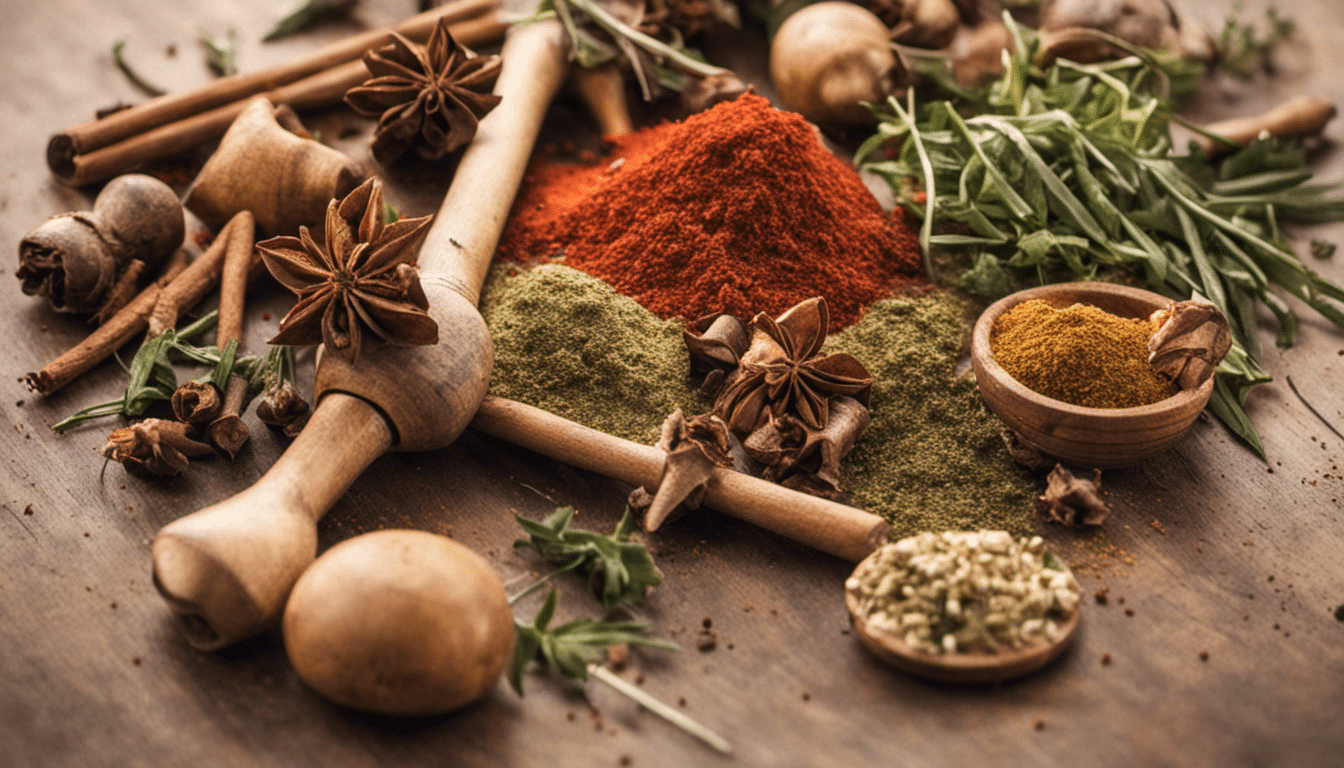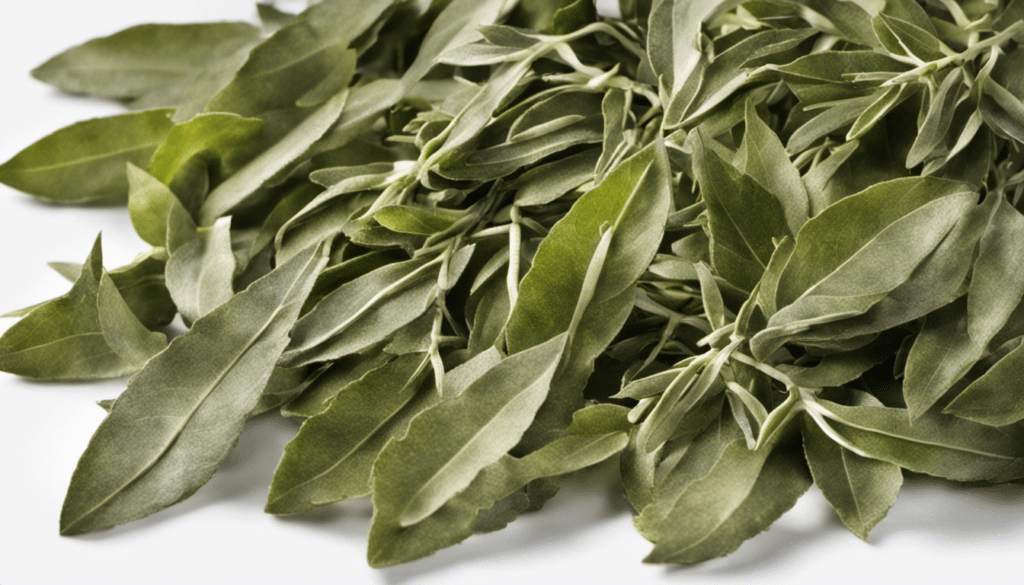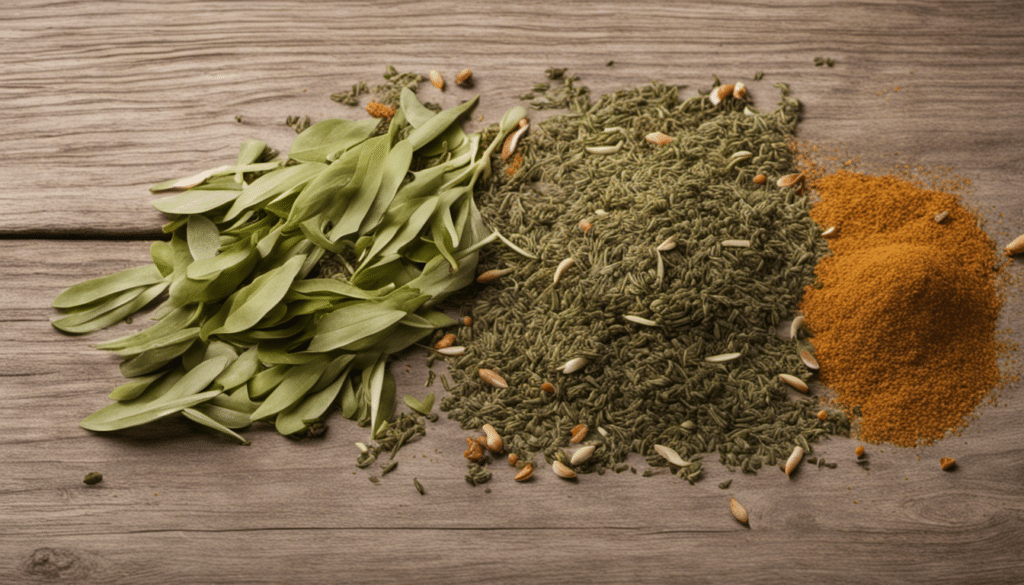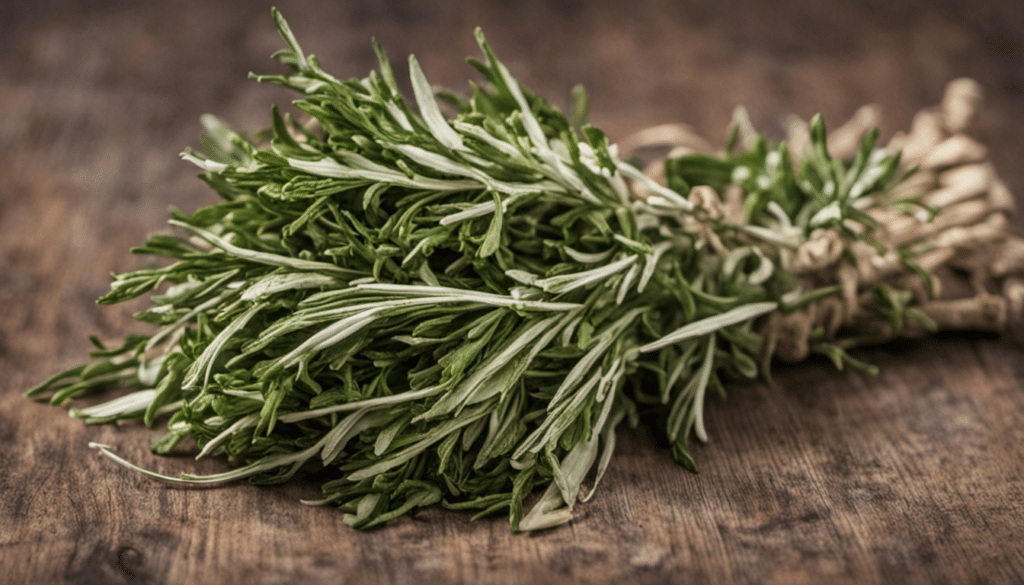Everything You Need to Know About Mace

The Origin of Mace
One of the most undiscovered gems in the spice world, Mace is often overshadowed by its close relative, nutmeg. Originating from the Banda islands in Indonesia, which are also known as the Spice Islands, Mace is nothing but the lacy outer covering of the nutmeg seed. Interestingly, the term “Mace” comes from the Latin word ‘Macir’ which means ‘to open’, relating to the unique way mace wraps around the nutmeg seed.
Mace by Any Other Name…
The intriguing spice goes by several names around the world. In France, it’s known as ‘Macis’, in German-speaking countries as ‘Muskatblüte’ and in Italy, it’s fondly called ‘Fior di Noce Moscata’. Regardless of the name, the rich, warm, and slightly sweet flavor that mace contributes to various dishes remains the same.
Culinary Uses of Mace
Mace’s unique taste and aroma adds a delightful element to both sweet and savory dishes. It is often used in spice blends for pies, cakes, and even savory dishes like soups, sauces, and meat preparations. The flavor from this lesser-known spice subtly enhances the overall taste profile of the dish, making it stand out from the crowd. (source)
Health Benefits of Mace
It’s not just the taste that makes mace special but also its multitude of health benefits. Mace is rich in antioxidants that fight off harmful free radicals, thereby contributing to your overall wellbeing. It is also known to deliver anti-inflammatory effects and bolster the immune system. Moreover, it aids digestion and can help maintain healthy skin. (source)
Inclusion of Mace in Your Pantry
In conclusion, this golden spice, with its strong but somewhat sweet flavors, and its myriad of health benefits, deserves a prominent place in your kitchen pantry. Next time when you reach out for nutmeg, don’t forget to give mace a try!
Mace Recipe Ideas
- Mace-flavoured Butternut Squash Soup
- Spiced Chicken with Mace and Cinnamon
- Mace-infused Hot Cocoa
- Christmas Pudding with Mace
- Mace and Sage Roasted Turkey
- Apple and Mace Tart
- Vegan Pumpkin Pie with Mace
- Mace-spiced Carrot Cake
- Prawn Curry with Mace
- Almond Custard with Mace



